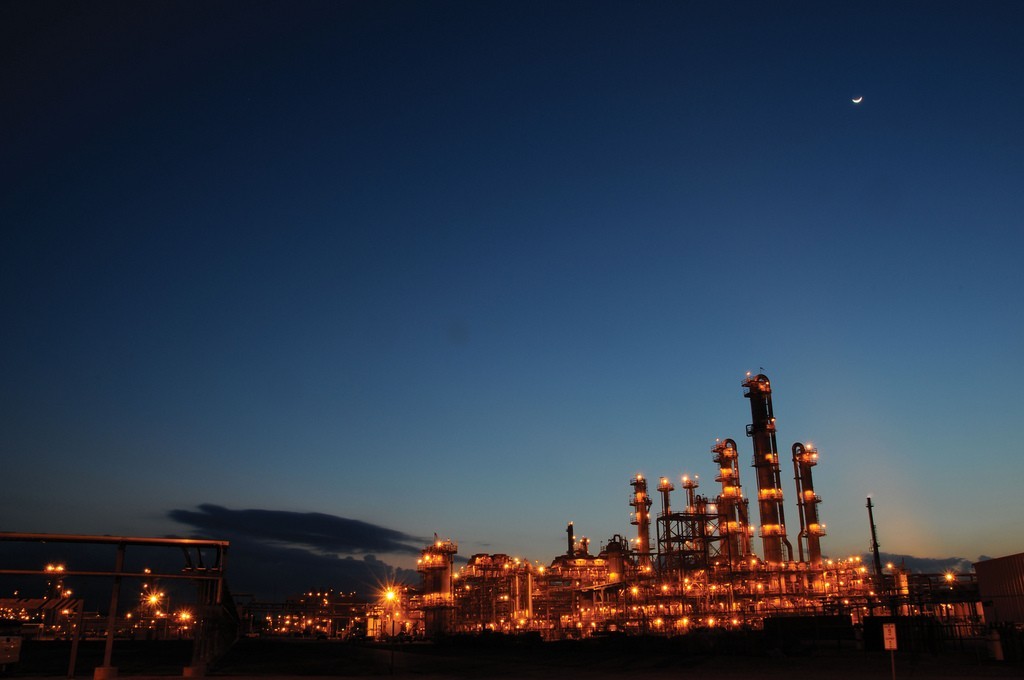
Shell is learning not to waste a crisis. The Anglo-Dutch oil major is pulling on every lever to deal with the consequences of agreeing a takeover of rival BG Group just before the oil price collapsed last year. Shareholders can only hope that the zeal it now shows for running a tight ship will endure once the company is on a surer footing.
The $54 billion cash-and-shares purchase of BG was completed in the first quarter, just as the oil price hit rock bottom. As of March 31, Shell’s net borrowings had shot up from $27 billion to $70 billion. Operating cash flow on a 12-month rolling basis was $23 billion — too low for a company then targeting $33 billion of annual capital expenditure and accustomed to paying $10 billion of cash dividends annually, even allowing for a contribution from BG. No wonder analysts have been penciling in dividend cuts.
Shell has now come up with a plausible self-help program. It says the yearly pretax operating savings from integrating BG will be $1 billion higher than previously thought, at $4.5 billion in 2018. Capital investment has been revised down to $25-$30 billion annually up to 2020.
The targeted proceeds from selling off assets rise from $5 billion annually to an average $10 billion over the next three years. What’s more, Shell expects new projects to start contributing $10 billion annually by 2018. A few billion here, a few billion there, and it looks like Shell can afford its dividend after all.
Meanwhile, every $10 on the oil price is worth $5 billion on Shell’s cash flow. Shell has been contending with oil prices below $50 per barrel. Assume, as Shell does, that prices recover to $60 and it’s plausible that by 2020 Shell could have about $45 billion at its disposal to fund ongoing capex and leave at least $20 billion of free cash flow to fund dividends and share buybacks — as Shell forecasts.
On an 8 percent free cash flow yield, the company would then be worth $250 billion, against $206 billion today, as ABN Amro analysts point out.
What could go wrong? Shell still needs to realize good prices for its disposals, and it can’t control the trajectory of crude prices. Plus the first use of any surplus cash will be to cut debt. To get Shell’s gearing down from 26 percent to its targeted 20 percent today would mean paying off $15 billion of borrowings.
So there you have it. Four years of belt-tightening and capital expenditure discipline at a company renowned for a laissez-faire approach when managers ask for resources. It will be a long slog. If Shell sticks at it, its culture may be lastingly more shareholder friendly.
Recommended for you
